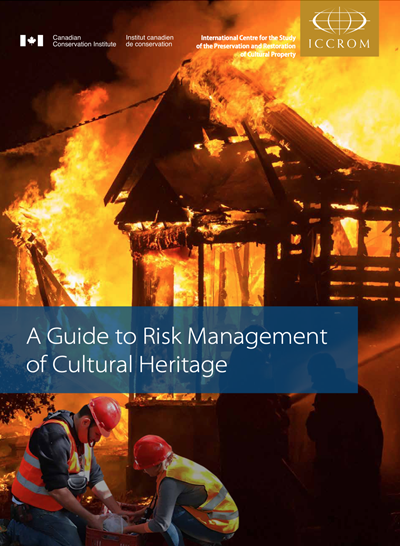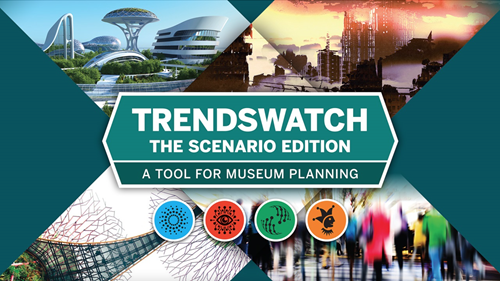REALM Project
REopening
Archives, Libraries,
and Museums
Resources
Resources > Risk assessment
Risk assessment: Resource roundup
Libraries, archives, and museums (LAMs) have long been in the business of mitigating risk—for collections, visitors, and staff. The pandemic has made risk assessment an everyday challenge. As LAMs continue to respond to the pandemic and adjust their reopening plans, risk assessment and scenario-based planning skills will remain important organizational assets. These resources focus on how to prepare for future disasters through crisis management.
Note: These examples may have changed since being reviewed. Last accessed May 20, 2021.
Libraries
“Disaster Planning and Recovery for Libraries: Writing a Disaster Plan,” from the South-Central Regional Library Council: A comprehensive collection of links to aid in creating a disaster plan for libraries as well as resources for disaster prevention, recovery, training, and outreach.
“Disaster Preparedness for Libraries: Preparation,” from Illinois University Library: A guide designed to help libraries, librarians, and library administration create a fire-safe library and minimize damage in the case of an emergency.
“From Facilities to Trauma: Disaster Planning and Community Resiliency at Your Library,” from WebJunction, recorded January 30, 2018: A webinar that provides guidance on how to prepare your library to respond to the next disaster or crisis and to support community resiliency.
“Library Fact Sheet 10 – Disaster Preparedness,” from ALA, published August 2006: Features links to disaster management websites geared to libraries, as well as a select bibliography.
“Emergency Preparedness Publications,” from the Library of Congress: Provides links to publications on salvaging water damaged materials, preservation of library materials, and information based on difference scenarios.
“Library Disaster Plans,” from librarydisasters.omeka.net: Created as an assignment for a library science class at Emporia State University.
“Conservation Online Disaster Preparedness and Response,” from the Foundation of the American Institute for Conservation: Features links to disaster plan workbooks, salvage of water-damaged collections, and mold/mildew remediation.
“A Primer on Disaster Preparedness, Management and Response,” from National Archives at College Park: Recommendations for cleaning, removal, packing, vacuuming, and freeze-drying.
“Heritage Emergency National Task Force,” from Heritage Preservation’s Emergency National Task Force: Features links to disaster preparedness and recovery resources, salvaging wet books, and streaming videos geared toward libraries and other cultural institutions.

Museums
“Facilities and Risk Management Standards,” from the American Alliance of Museums: Museum best practices for risk management and disaster planning.
“A Guide to Risk Management of Cultural Heritage,” from the International Centre for the Study of the Preservation and Restoration of Cultural Property, published 2016: Reference guide and workbook for assessing and managing risk, with a focus on physical deterioration and natural disaster.
“TrendsWatch: The Scenario Edition,” from the Center for the Future of Museums, published 2018: Fictional scenarios presented to prompt museum planning conversation.
“Scenario planning for an uncertain future,” from Dexhibit, recorded May 8, 2020: Webinar explaining scenario planning in the context of museums and cultural attractions and its application, with specific examples from the Museum of Modern Art.
Resources from the U.S. National Library of Medicine’s Disaster Information Management Center
The Disaster Information Management Research Center develops and provides access to health information resources and technology for disaster and public health emergency preparedness, response, and recovery.
“NLM Disaster Information Specialist Program”: The program facilitates a network of information professionals and librarians ready to take on the role of “information responder” in their communities and organizations. It provides opportunities to enhance skills in supporting the disaster workforce through training classes, monthly webinars, and connections with others of similar interests.
“NLM Emergency Access Initiative”: Partnership between NLM, NN/LM, and publishers to provide free access to full-text articles from major biomedical publishers to healthcare professionals, librarians, and the public affected by a disaster.
